Orange-Peel Doris Facts
- This unique creature, equal parts cute and bizarre in appearance, bears the common name of the Orange-Peel Doris. The distinctive term for it’s certainly more easily pronounced than the scientific name. That’s the tongue-twisting Acanthodoris lutea.
- Regardless of which term one uses to refer to it, the animal remains a remarkable species of gastropod mollusk. The American malacologist, Frank McFarland, made the first official scientific recognition of it as a separate and distinct species, in 1925.
- The common name understandably derives from its colorful appearance. Due to that, it’s considered by many to be among the most noticeable of the known nudibranchs. To date, researchers recognize more than 3,000 types of nudibranch, or sea slug.
- For the moment, this marvel of Nature and evolution holds a decidedly favorable status, compared to some of its relatives. Presently, its numbers appear to be stable and sufficient. This further holds true throughout the entirety of its known natural range.
- The IUCN, therefore, has no listing for it on the organization’s Red List. It nevertheless could face several potential threats in the future, given the rapidly changing conditions of the oceans. Both habitat loss and climate change could one day threaten it.
Related Articles
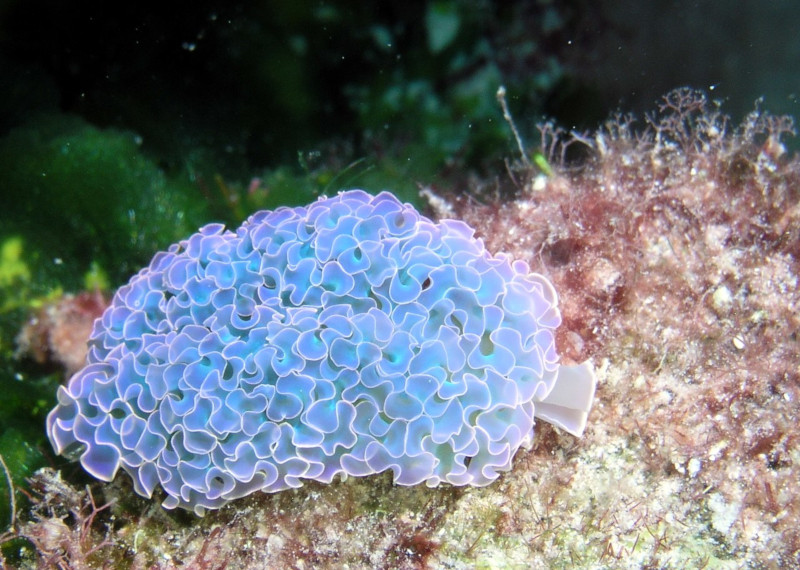
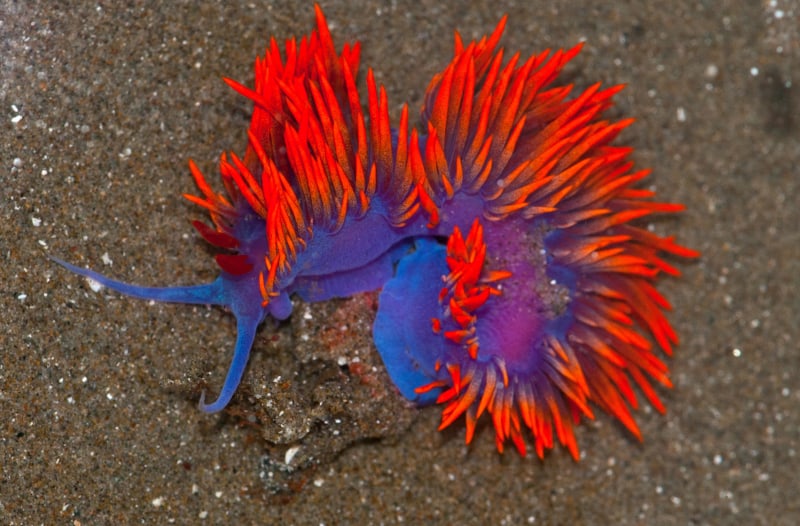
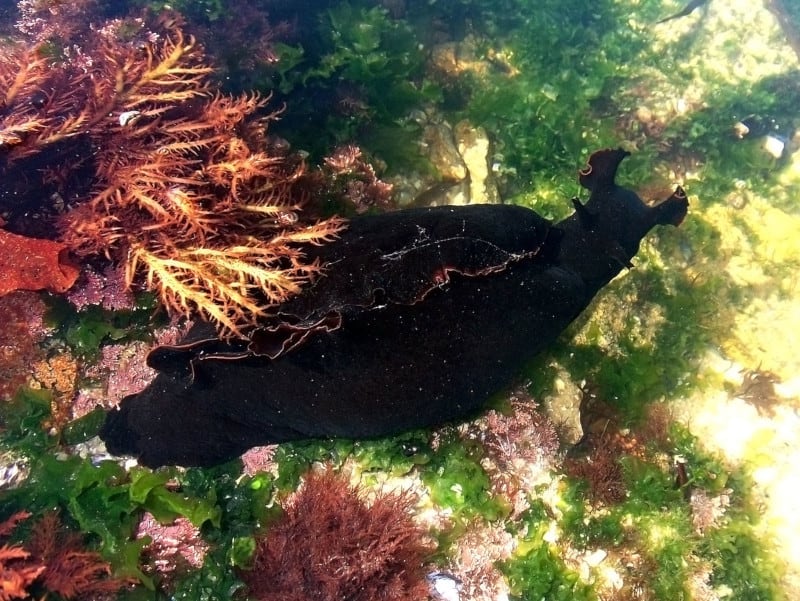
Orange-Peel Doris Physical Description
The Dazzling Orange-Peel Doris clearly impresses those who encounter it for reasons having nothing to do with size. In point of fact, it’s moderate-sized. It’s clearly not the largest of its kind, by far. That distinction’s held by the remarkable Black Sea Hare.
In terms of relative size, it’s respectably average-sized, though. Mature adults typically attain a length measuring roughly 1.18 in (30 mm). The overall body shape remains relatively elongated. This usually changes as it moves, however, extending and contracting.
In most specimens, the head’s only distinguishable by the presence of two horn-shaped protuberances. These develop equally spaced atop the had of the creature. Both present the same overall color as the rest of the body, except for a dark patch at the top.
Being hermaphroditic in nature, the Orange-Peel Doris evolved differently than many animals. Due to this, it does not display the physiological characteristic of sexual dimorphism. This tends to be true of most creatures possessing this characteristic.
Its most noticeable characteristic, however, clearly remains its coloring. The entire body mainly presents a bright orange color, except for the tips of the two horn-shaped structures. It also manifests a smattering of small yellow specks across the entire body.
- Kingdom: Animalia
- Phylum: Mollusca
- Class: Gastropoda
- Order: Nudibranchia
- Family: Onchidorididae
- Genus: Acanthodoris
- Species: A. Lutea
Orange-Peel Doris Distribution, Habitat, and Ecology
Unfortunately, the amazing Orange-Peel Doris possesses a highly restricted habitat range. Currently, the animal’s only known to live within a relatively tiny range of the Eastern Pacific Ocean. That zone of habitation further remains extremely restricted in nature.
The nudibranch only appears to live along portions of the west coast of the continent of North America. More precisely, its known range extends from Cape Arago, in Oregon, in the United States, to northern regions of Baja California, in the country of Mexico.
Its own nature also limits the extent of the area in which it appears. This holds true because the mollusk only lives in very specific ecosystems. Firstly, these consist of the subtidal and intertidal zones. But the creature also requires the shores to be rocky in nature.
The gastropod also evolved a highly specialized diet, like many of its relatives. This particular nudibranch feeds exclusively on tiny creatures known as bryozoans. Even more specifically, it only consumes those bryozoans within a single genus, that of Alcyonidium.
This, however, provides the Orange-Peel Doris with perhaps its only defense against predators. The particular group of bryozoans it feeds on contain specialized chemicals. Taking these into its own body, causes the flesh of the nudibranch to become toxic.
When mating, two individuals decide which will play the role of the male and female, being hermaphrodites. After mating, eggs become deposited on the stratum. After hatching, the young emerge as planktonic, slowly changing to their eventual adult forms.
Species Sharing Its Range
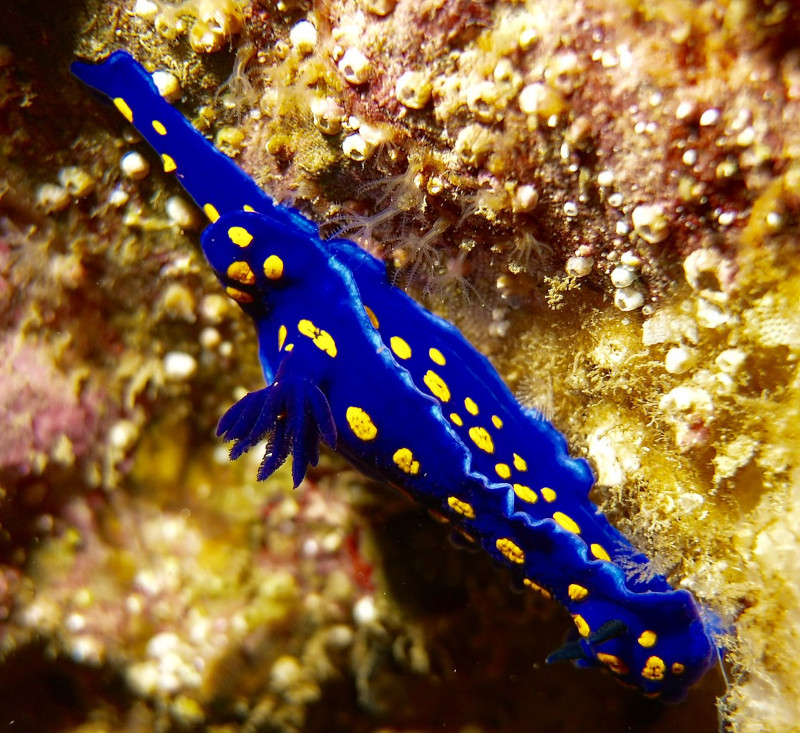
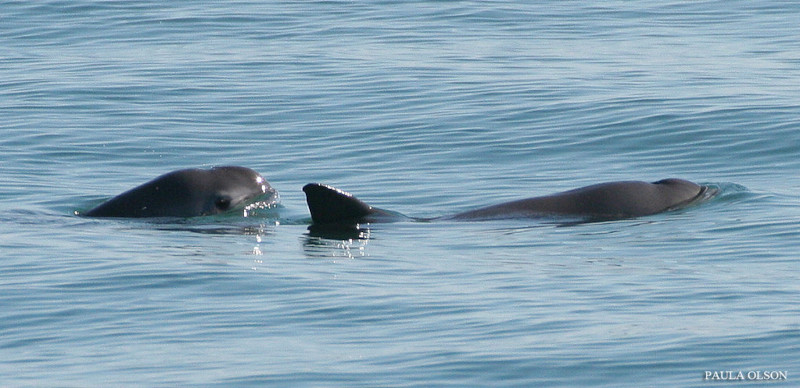
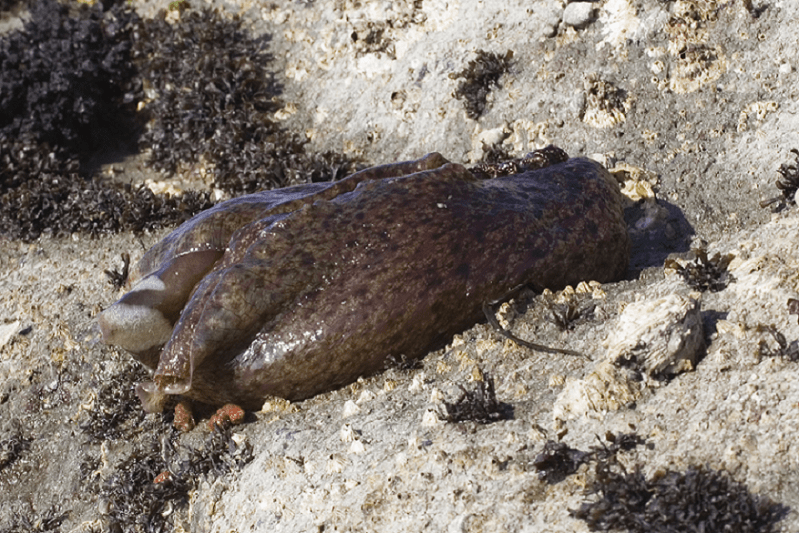
Check out out other articles on 3 Astounding Antarctic Whales, Chinese Giant Salamander, Macquarie Island, Green Milkweed Grasshopper, Death Apple Tree, Oribi, Harpy Eagle, Jewelled Gecko
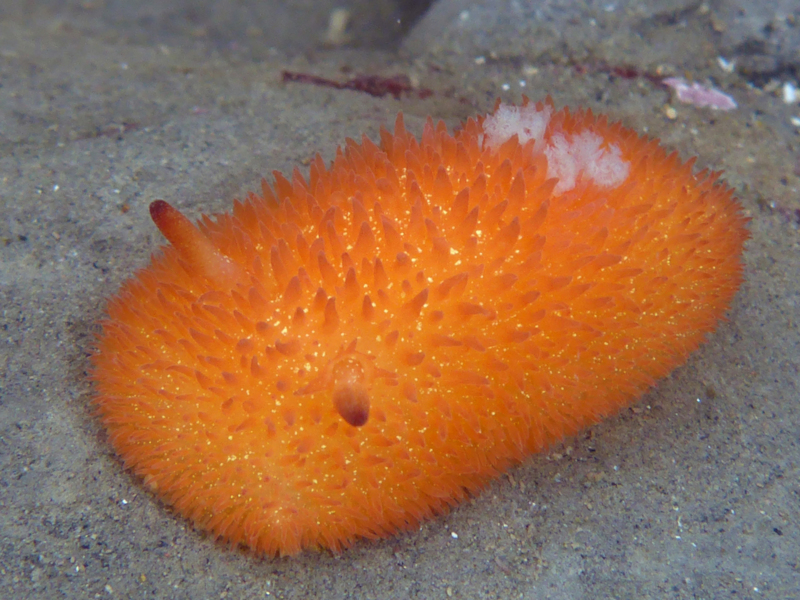
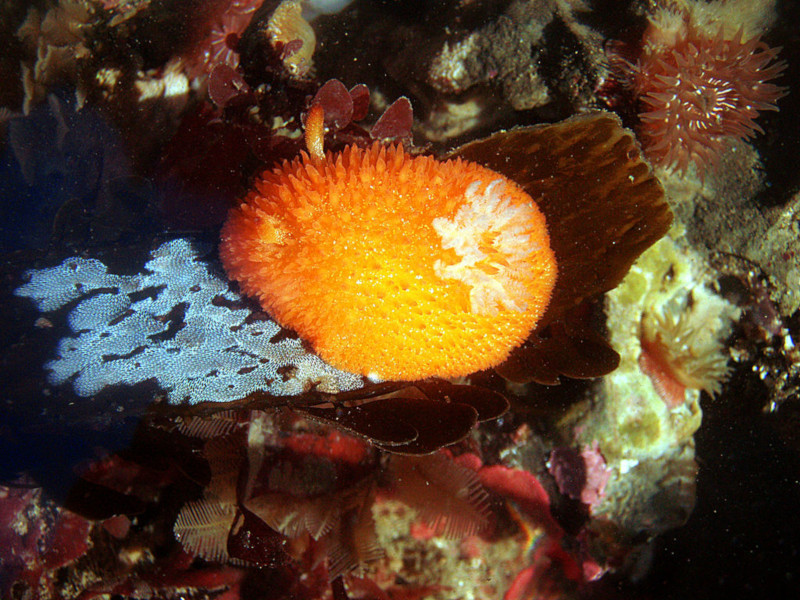
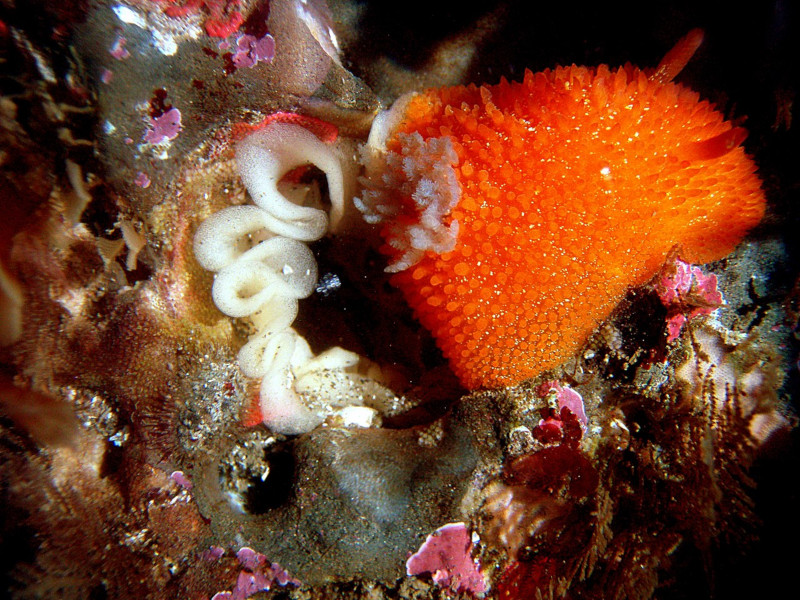









Leave a Reply